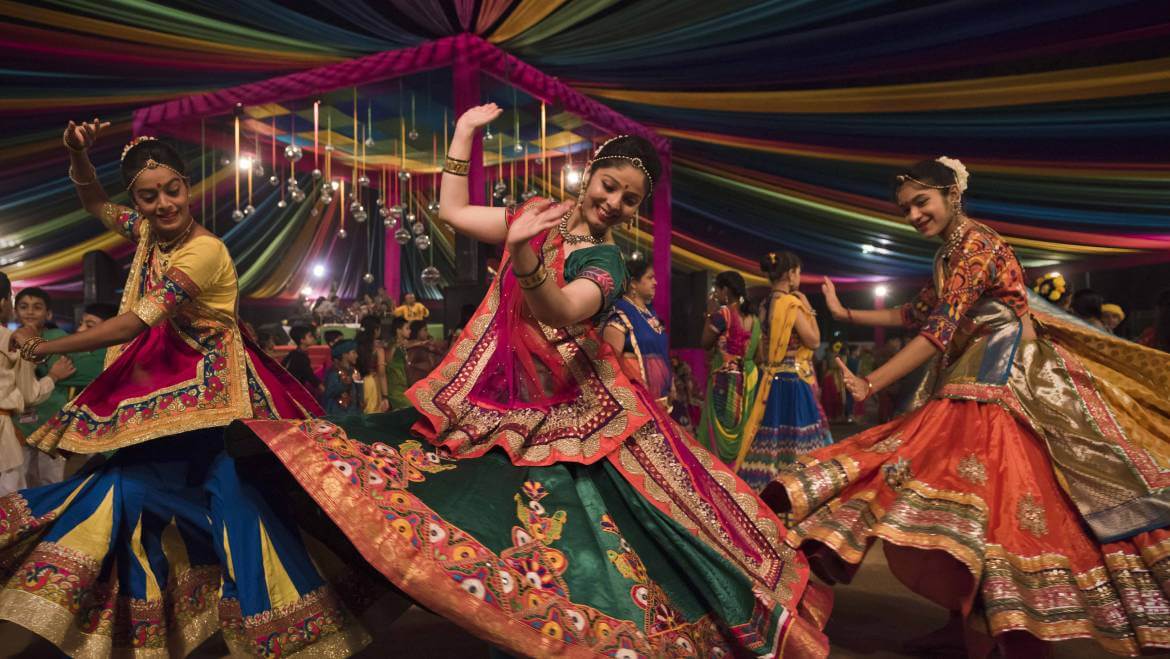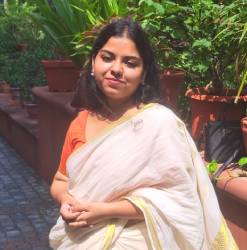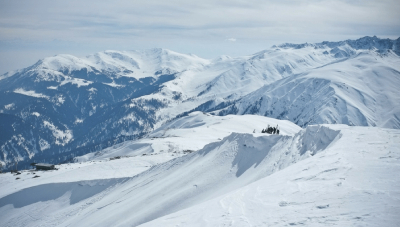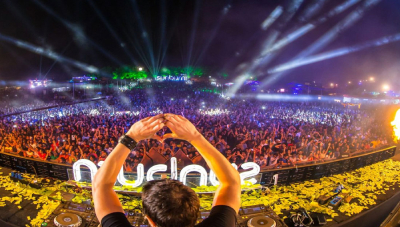Garba, the traditional folk dance of Gujarat has now made it to UNESCO’s list of Intangible Cultural Heritage and joins itself to be the most recent one among others on the list representing India.
What is UNESCO’s Intangible Cultural Heritage?
UNESCO’s Intangible Cultural Heritage is a list that includes traditions, performing arts, rituals and practices, and other things that have been passed down through generations and form an integral part of the culture for a community or group. UNESCO, in a time of growing global exchanges and knowledge transmissions considers it essential to preserve the parts of social and cultural groups that make them diverse and provide a sense of identity. The present list of UNESCO’s Intangible Cultural Heritage follows the measures and guidelines set by the UNESCO’s 2003 Convention for the Safeguarding of the Intangible Cultural Heritage and strives to preserve the many different traditions and practices of different communities across the world.
Garba as an Intangible Cultural Heritage
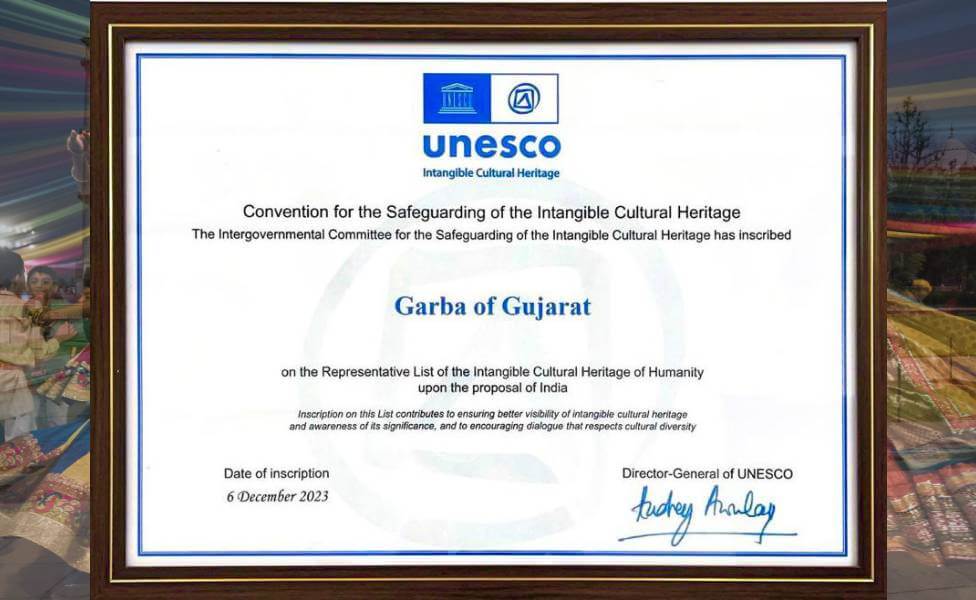
As announced on Wednesday by the Prime Minister of the country, Narendra Modi on a social media platform, Garba, the traditional folk dance from the Indian state of Gujarat has made it to UNESCO’s Intangible Cultural Heritage list. The Certificate of Inscription that marks Gujarat’s Garba Dance as part of the list was presented a few days ago in a ceremony held in Paris. The event saw major attendance from the Indian community and also organized a Garba Night. Though the event was held this year, Garba as the folk dance of Gujarat was certified by UNESCO as part of the list in December, 2023.
What is the History of Gujarat’s Garba Dance?
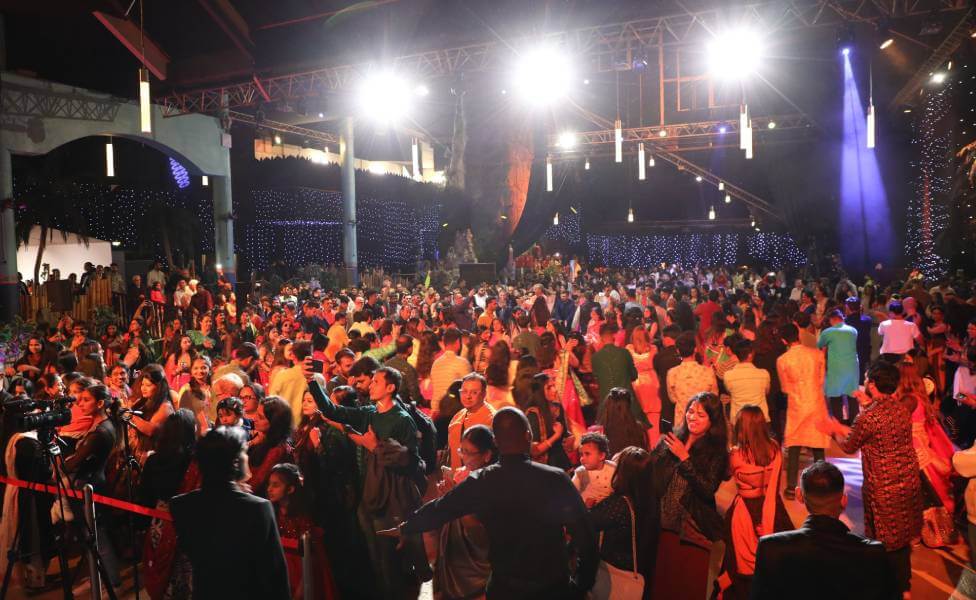
Garba is a traditional and folk dance with origins in the Indian state of Gujarat. The dance is a devotional performance, performed by devotees during the festive season of Navratri in worship of Goddess Amba, an incarnation of Goddess Durga. Honoring the feminine power of the Goddess, the word Garba itself stands to mean “womb”, and has been taken from the Sanskrit word “Garbha”. The performance is traditionally performed by women who form a circle and dance around a lamp that is placed inside an earthen pot. Here, the earthen vessel defines the body and the light represents the existence of the divine being inside.
What began in the villages of Gujarat has now taken a center stage in the world. Traditionally, Garba began as a community gathering to worship the goddess and saw participation from the entire community during the festival. Over the years, this traditional folk dance has expanded itself to different parts of the country, and the world where it is celebrated with an equal, if not more excitement and fervor. Celebrating and worshiping the Goddess for her nine-day long fight with the demon Mahishasur, Garba as a dance form today is an important part of cultural and festival tourism in Gujarat and is among the many fascinating aspects of tourism in Gujarat.
Interesting Facts about the Garba Dance of Gujarat
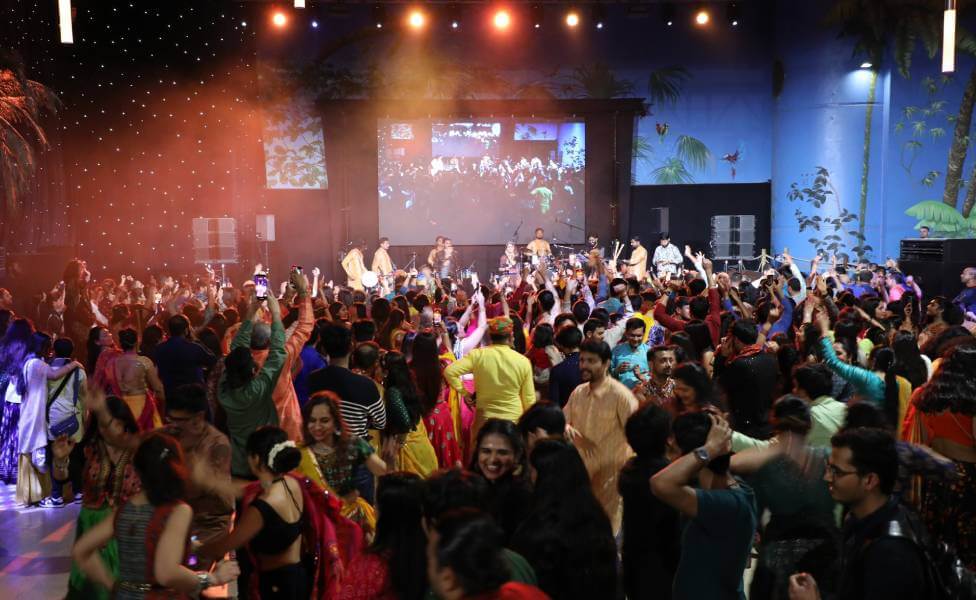
- The circular movement of Garba that is performed is said to symbolize the cycle of life, death, and rebirth, with the only thing that remains unchanged is the Goddess, represented by the earthen pot in the center.
- Garba is to be performed barefooted and is done so to help the devotees remain connected to the life force of earth and is another way to connect to the Goddess.
- A dance that was once confined to the villages of Gujarat is now being performed in different parts of the world, and has become a celebration that transcends boundaries of all kinds.
- The dance is mainly a celebration of the femininity, and power of the Goddess, and was mainly a devotional dance performed by womenfolk.
Other Intangible Cultural Heritages of India
With the addition of Gujarat’s Garba to UNESCO’s list of Intangible Cultural Heritage, India now has 15 cultural practices recognized as invaluable by UNESCO. Apart from Garba, other practices that have made to the list include, Kolkata’s Durga Puja, Kumbh Mela, Yoga, Nowruz, brass and copper crafts of the Thatheras, Sankirtana, Buddhist chanting of Ladakh, Chhau Dance, Kalbelia folk arts, Mudiyettu, Ramman, Kutiyattam, Vedic chanting, and the Ramlila.
Other Interesting Blogs to Read

 +91-9212777225
+91-9212777225 Plan Your trip
Plan Your trip